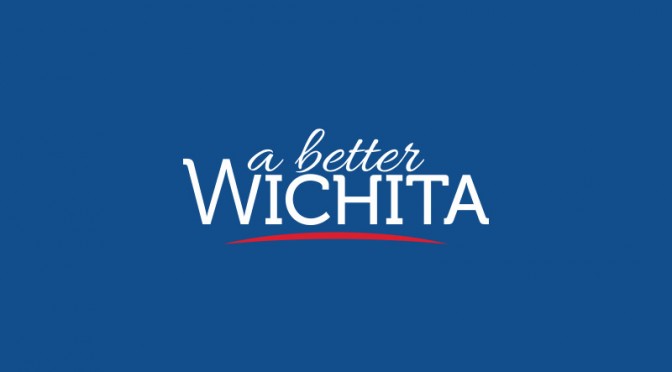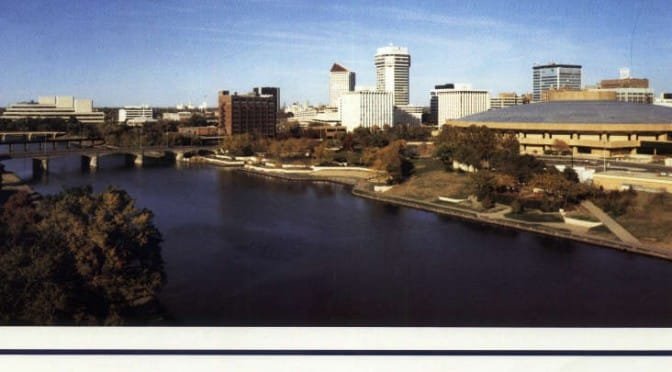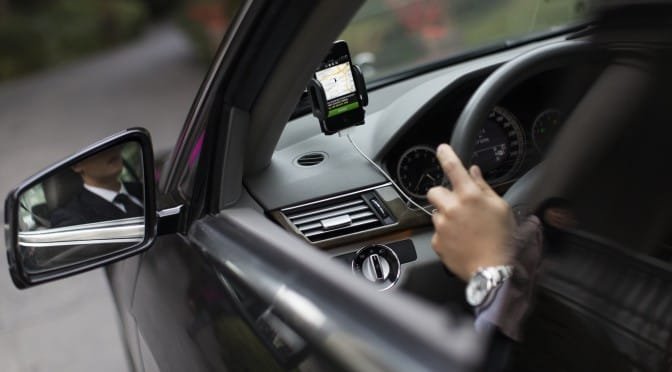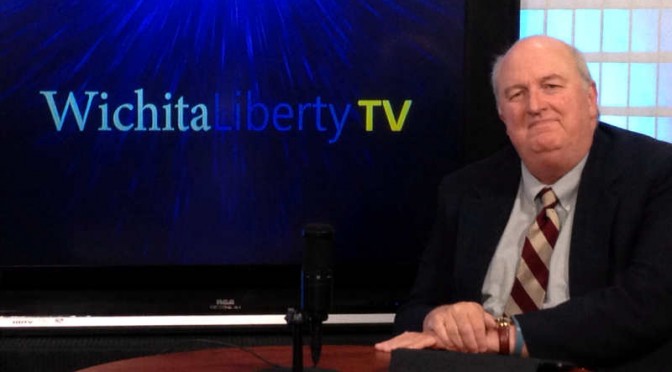Tag: Featured
-

Fact-checking Yes Wichita: Sales tax cost per household
The cost of the proposed Wichita sales tax to households is a matter of dispute. I present my figures, and suggest that “Yes Wichita” do the same.
-

Fact-checking Yes Wichita: Boeing incentives
The claim that the “city never gave Boeing incentives” will come as news to the Wichita city officials who dished out over $600 million in subsidies and incentives to the company.
-

Using your smartphone for political activism
Your smartphone is a valuable tool for activism. Here are two ways to get involved.
-

Wichita economic development, one more untold story
Readers of the Wichita Eagle might be excused for not understanding the economic realities of a proposed tax giveaway to a local development.
-

Arrival of Uber a pivotal moment for Wichita
Now that Uber has started service in Wichita, the city faces a decision. Will Wichita move into the future by embracing Uber, or remain stuck in the past?
-

Fact-checking Yes Wichita: Arithmetic
A group promoting the proposed Wichita sales tax makes an arithmetic error, which gives us a chance to ask a question: Is this error an indication of Yes Wichita and the city’s attitude towards, and concern for, factual information?
-

WichitaLiberty.TV: Wichita’s blatant waste, Transforming Wichita, and how you can help
Let’s ask that Wichita trim its blatant waste of tax dollars before asking for more. We’ll look back at a program called Transforming Wichita. Then: We need to hold campaigns accountable. I’ll give you examples why, and tell how you can help.
-

Fact-checking Yes Wichita: NetApp incentives
In making the case that economic development incentives are necessary and successful in creating jobs, a Wichita campaign overlooks the really big picture.
-

Fact-checking Yes Wichita: Paved streets
Will the proposed Wichita sales tax result in more paved streets? It depends on what you mean by “pave.”